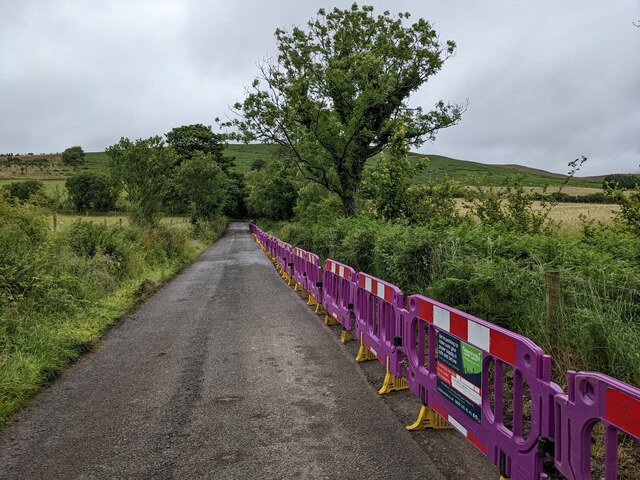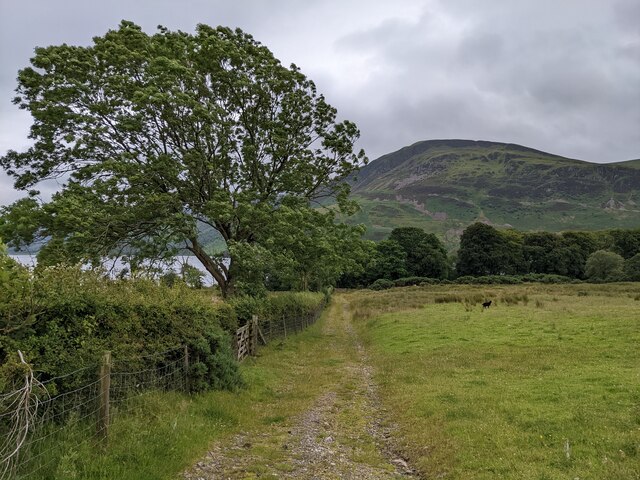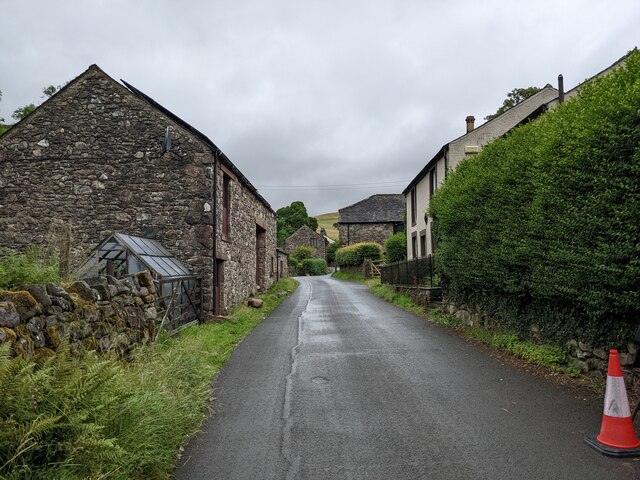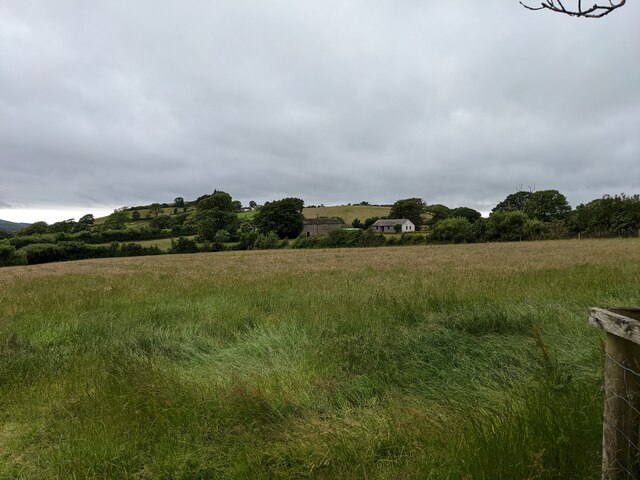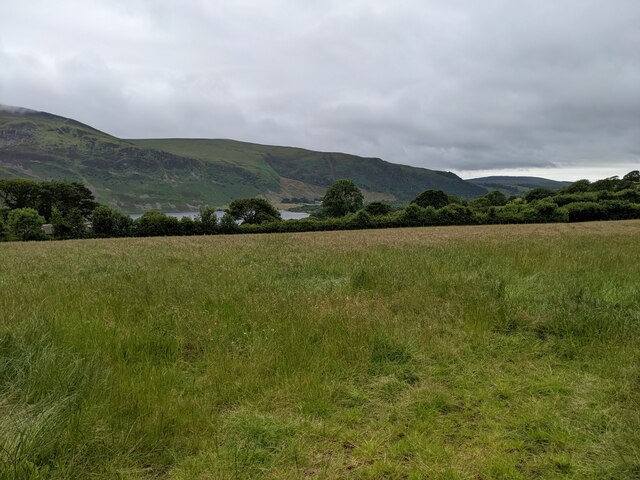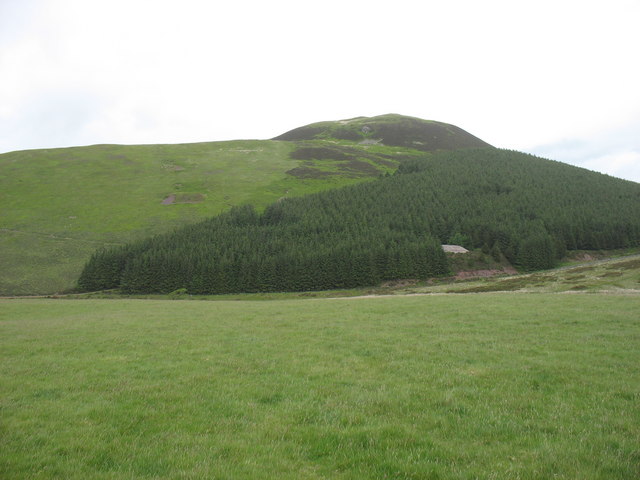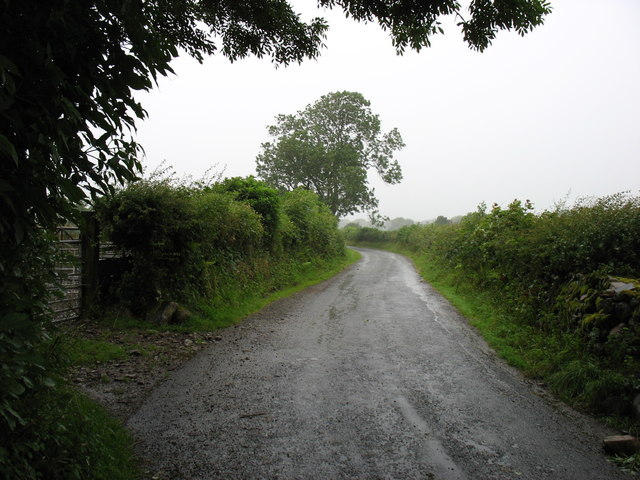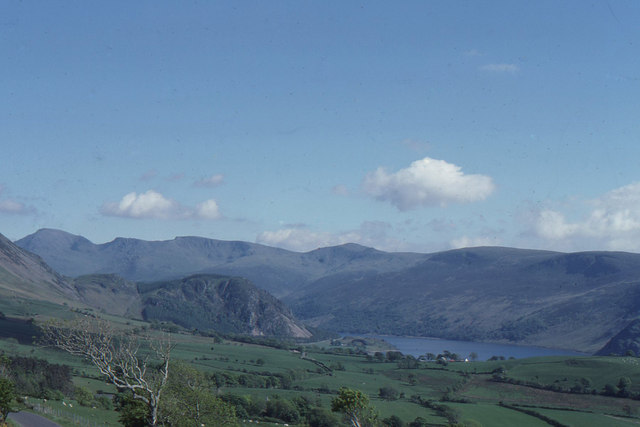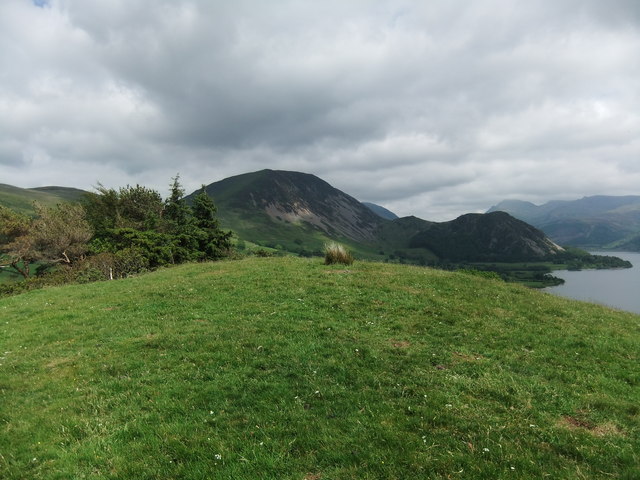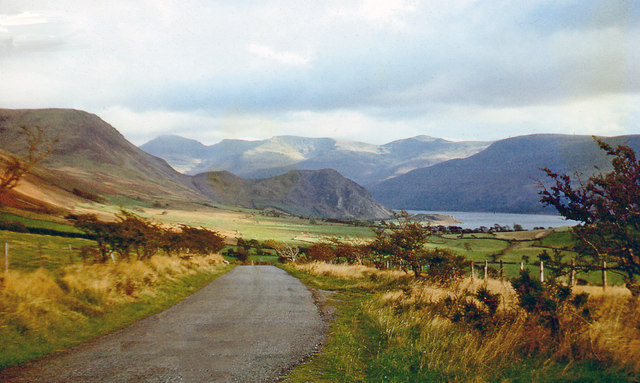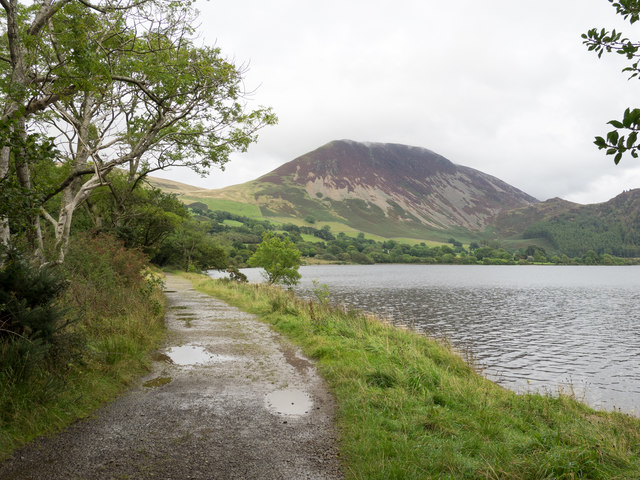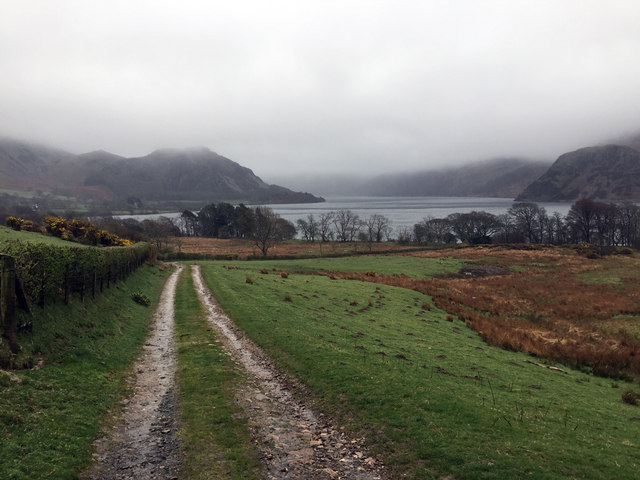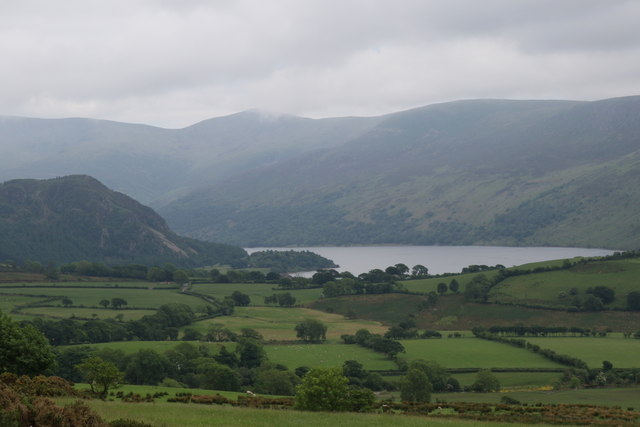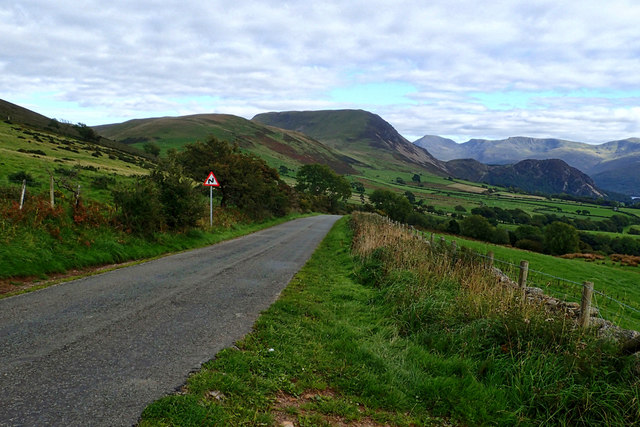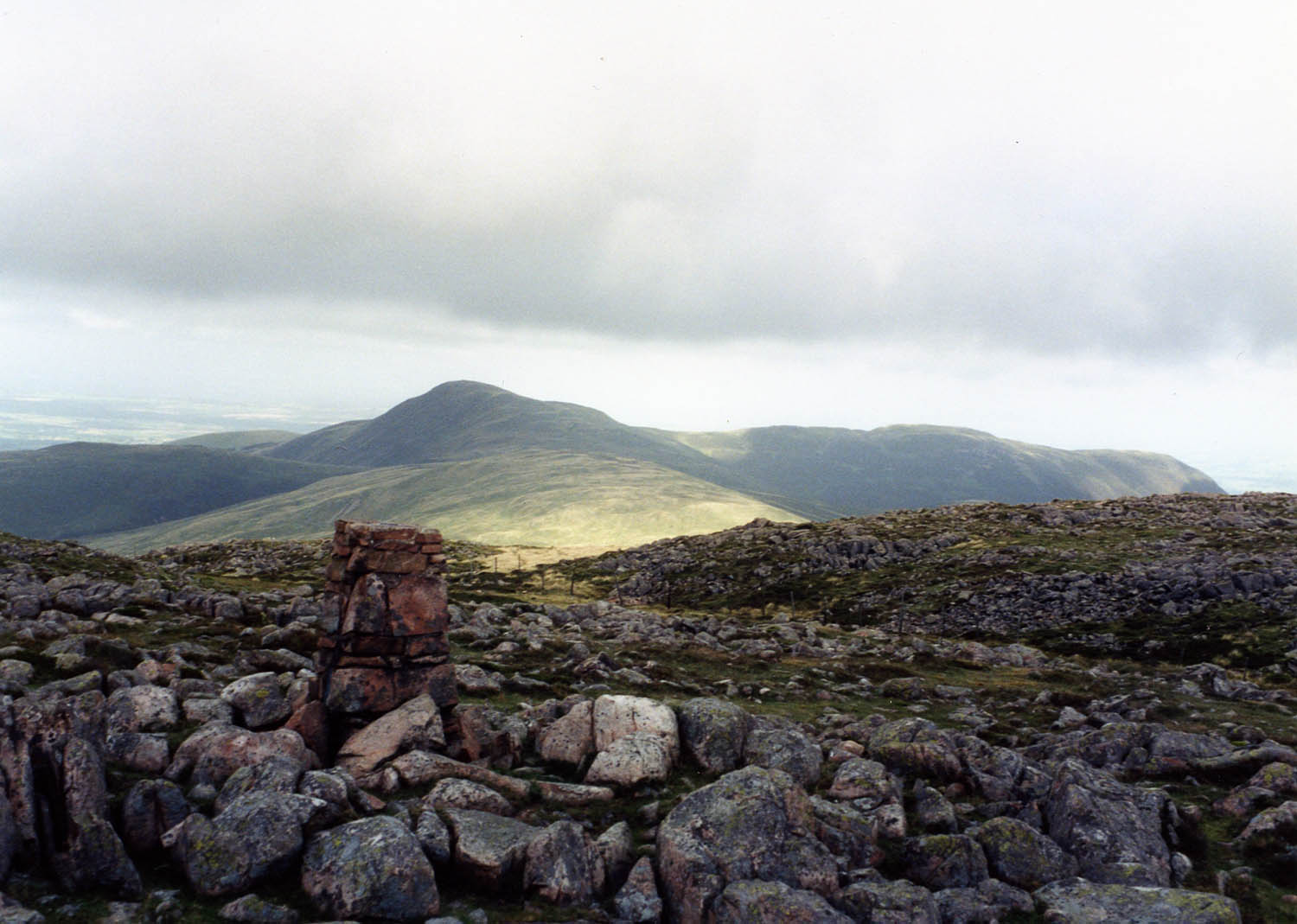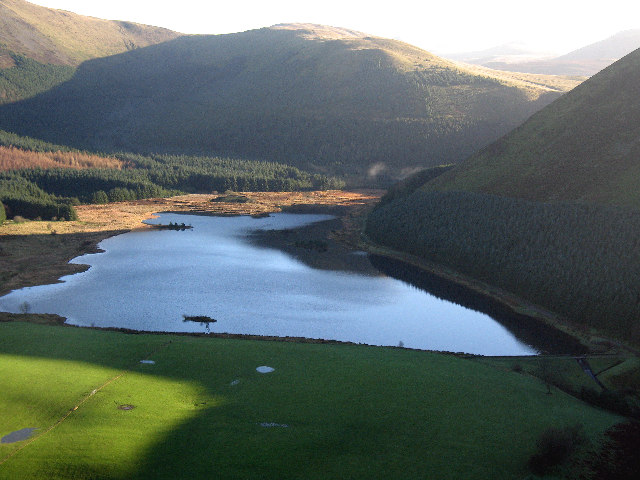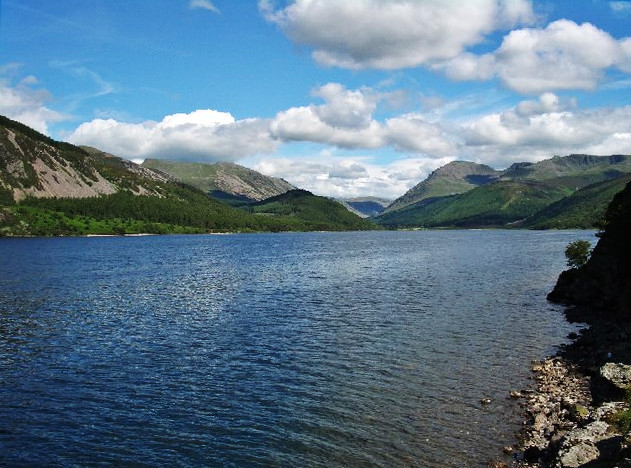Banna Fell
Downs, Moorland in Cumberland Copeland
England
Banna Fell
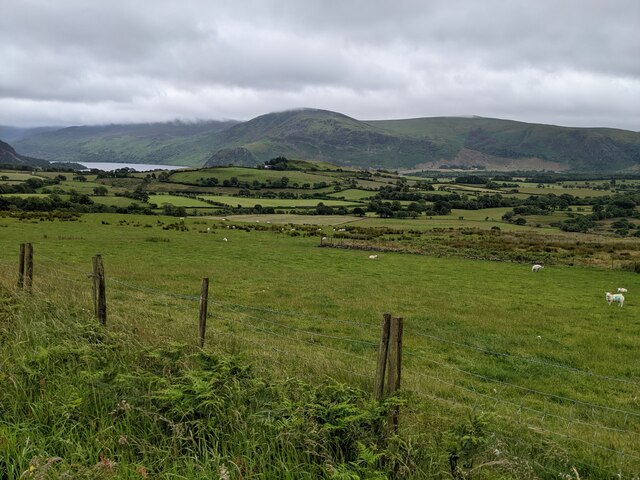
Banna Fell is a prominent hill located in the county of Cumberland, in the northwest region of England. It is part of the Pennines, a range of mountains and hills that stretches across northern England. Standing at an elevation of approximately 553 meters (1,814 feet), Banna Fell offers breathtaking views of the surrounding countryside and is a popular destination for hikers and nature enthusiasts.
Covered in lush greenery and heather, Banna Fell boasts a diverse range of flora and fauna. The hill is home to several species of birds, including peregrine falcons, buzzards, and grouse, making it a haven for birdwatchers. Additionally, the area is dotted with streams and small waterfalls, adding to its natural beauty.
Access to Banna Fell is mainly through public footpaths and bridleways, allowing visitors to explore the hill at their own pace. The terrain is mostly rocky and uneven, requiring a moderate level of fitness and suitable footwear for those venturing to the summit. On clear days, the views from the top extend for miles, offering glimpses of nearby towns and villages, as well as the surrounding moorland and downs.
Due to its remote location, Banna Fell provides a tranquil retreat for those seeking solitude and a chance to immerse themselves in nature. The hill is often visited by walkers and mountain bikers, who enjoy the challenge of its varied terrain. Banna Fell truly showcases the natural beauty of Cumberland and provides a memorable experience for all who venture to its summit.
If you have any feedback on the listing, please let us know in the comments section below.
Banna Fell Images
Images are sourced within 2km of 54.544318/-3.3789465 or Grid Reference NY1017. Thanks to Geograph Open Source API. All images are credited.
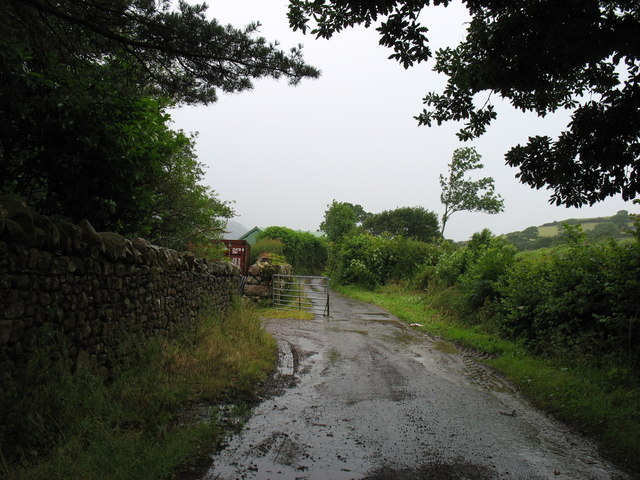
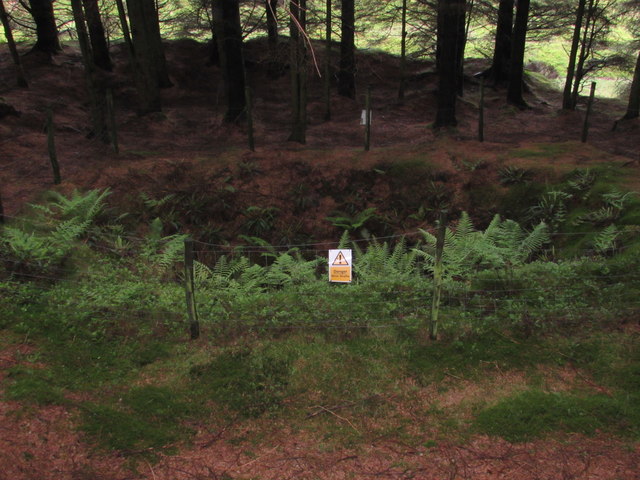
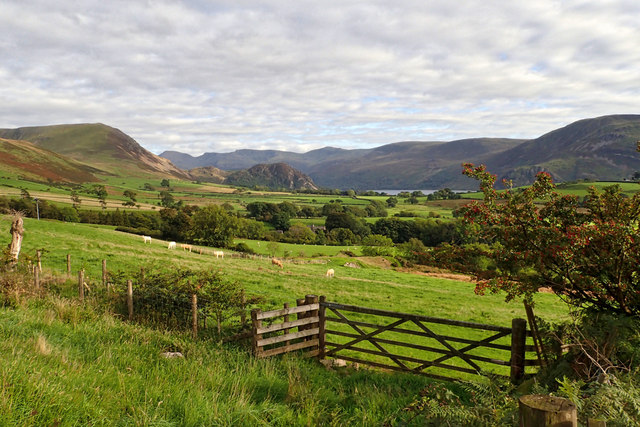
Banna Fell is located at Grid Ref: NY1017 (Lat: 54.544318, Lng: -3.3789465)
Administrative County: Cumbria
District: Copeland
Police Authority: Cumbria
What 3 Words
///pipe.majority.birthing. Near Frizington, Cumbria
Nearby Locations
Related Wikis
Nearby Amenities
Located within 500m of 54.544318,-3.3789465Have you been to Banna Fell?
Leave your review of Banna Fell below (or comments, questions and feedback).
